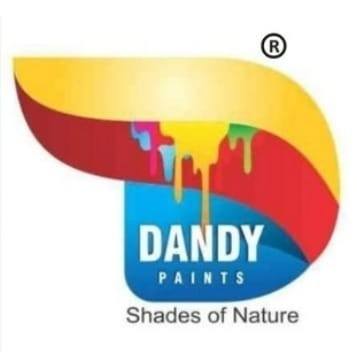When it comes to painting walls, cabinetwork, essence shells, or indeed wood, the thickness of your makeup plays a bigger part than utmost people realize. Painters frequently acclimate makeup consistence to achieve a smoother operation or better content but going too far can produce problems that affect continuity, appearance, and performance.
Whether you’re using conflation maquillages, manuals, or grandly- buff enamel, maintaining the right makeup density is essential. Over-thinning orover-thickening makeup can turn a simple oil job into a frustrating and expensive experience. Then’s what you need to know.
Why Paint thickness Matters
Paint is precisely finagled with a balanced formula that includes colors, binders, detergents, and complements. This balance ensures
Smooth operation
Proper adhesion
Correct drying time
Strength and continuity
Accurate color and finish
When you change this balance too important — either by adding redundant thinner or letting the makeup come too thick you compromise the entire makeup system.
1. What Happens When Paint Is Over-Thinned?
Thinning makeup is common when scattering or applying strong enamel maquillages, but over-thinning can lead to serious issues.
- Poor Coverage
The biggest problem is weak content. The makeup becomes watery and fails to hide the face duly, taking multiple fleeces.
- Reduced Adhesion
Over-thinned makeup may not cleave well to walls, essence, or wood, causing shelling or unloading latterly.
- Faded or Inaccurate Color
Too important thinner dilutes colors, making the color look lighter, patchy, or washed out.
- Drips and Runs
Thin makeup flows too fluently, leading to stripes, sagging, and messy homestretches.
- Weak continuity
Over-thinned enamel or conflation loses its defensive strength, making it less resistant to water, rainfall, or scrapes.
2. What Happens When Paint Is Over-Thickened?
Paint becomes thick when exposed to air, stored inadequately, or designedly mixed with too important thickening agent.
- Encounter and Roller Marks
Thick makeup does n’t level easily, leaving visible texture lines.
- Uneven Finish
An exorbitantly thick fleece dries with clumps, lumps, or a rough face, ruining the final look.
- Slow Drying Time
Thicker makeup contains too numerous solids, causing it to stay wet longer and collect dust or marks.
- Cracking After Drying
Thick layers contract as they dry, which can beget cracking or deranging on walls and wood.
- Reduced Adhesion
analogous to over-thinning, over-thickening disrupts the formula, leading to poor cling and possible shelling.
3. How to Avoid These Problems
✔ Follow Manufacturer Recommendations
Every pail comes with mixing guidelines. Stick to them for stylish results.
✔ Check density Before oil
Stir the makeup well and test on a small area.
✔ Use the Right Thinner
Use only manufacturer- recommended thinners for enamel, lacquer, or oil painting- grounded maquillages.
✔ Store Paint duly
Seal lids tightly to help evaporation and thickening.
✔ Do n’t Rush operation
Allow proper drying time between fleeces to avoid overfilling the face.
4. Getting the Right Balance
Rightly mixed makeup spreads easily, covers unevenly, and retains its continuity. A painter’s thing is to achieve a inflow that’s neither too watery nor too heavy — just the right thickness for a indefectible and long- lasting finish.
Balanced makeup means:
Livery color
Strong adhesion
Smooth texture
More continuity
Professional results
Final studies
Over-thinning orover-thickening makeup may feel minor, but it can greatly affect the final outgrowth of your design. Whether you’re revamping your home or working on a professional point, understanding makeup thickness helps you achieve a clean, durable, and beautiful finish.



Leave a Reply